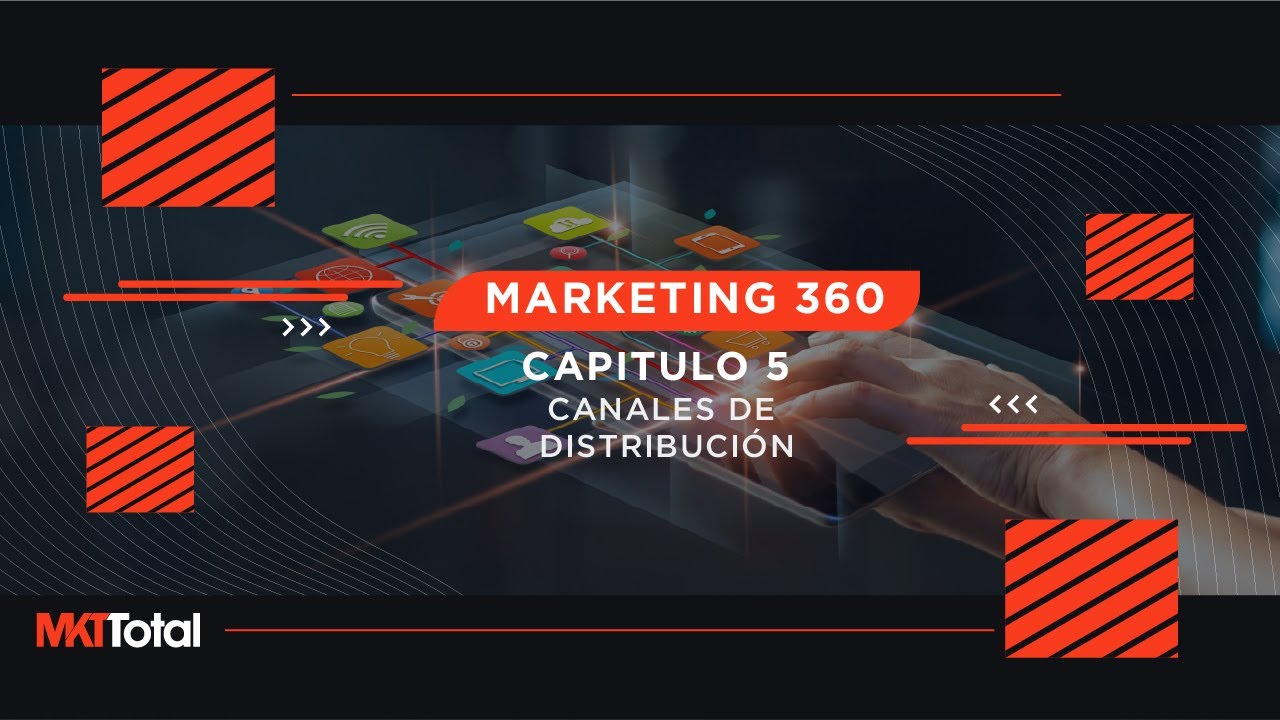What are distribution channels?
Summary
TLDRThis script explores distribution channels, the pathways businesses use to deliver products to consumers. It outlines three main types: direct sales, through retailers, and via wholesalers and retailers. Factors influencing channel choice include distribution costs, market nature, and the producer's desire for marketing control. Examples like Dell Computers for direct sales and large retailers for modern distribution are provided. The script challenges viewers to consider the best distribution methods for products like double-decker buses, washing powder, and dog herbal remedies, encouraging further learning at learnloads.com.
Takeaways
- 🔗 Distribution channels are the pathways businesses use to deliver products to consumers.
- 🛒 There are three main types of distribution channels: direct to consumer, via retailers, and via wholesalers and retailers.
- 🏭 Direct sales are suitable for niche products with low volume sales and can be facilitated through online platforms, mail order, or manufacturer-owned shops.
- 🛍️ Retailer distribution involves large retailers purchasing goods directly from manufacturers and selling to consumers, leveraging bulk buying power for discounts.
- 🛒 Wholesaler and retailer distribution is a traditional method where wholesalers buy in bulk from producers and sell to various retail businesses.
- 💼 The choice of distribution method is influenced by distribution costs, market nature, and the producer's desire for marketing control.
- 🚚 Using intermediaries like wholesalers can reduce delivery costs for producers but also means sharing profit with each intermediary in the chain.
- 🏬 Direct selling can be attractive if customers are willing to visit a producer's outlet, as seen with 'pick your own' fruit farms.
- 🌍 High volume, mass-market products are typically distributed through retailers due to the wide consumer base.
- 🏭 Industrial goods with a small customer base may consider direct distribution due to the simplicity of reaching fewer customers.
- 🎯 Some producers prefer direct distribution for the control it offers over product promotion and pricing strategies.
Q & A
What is the definition of distribution channels?
-Distribution channels are the means by which businesses get products to their consumers, involving links in a chain of distribution as products are sold between different businesses on their way to the final consumer.
How many main types of distribution channels are there?
-There are three main types of distribution channels: direct to the consumer, to the consumer via retailers, and to the consumer via wholesalers and retailers.
What are the examples of businesses that sell directly to the consumer?
-Well-known examples of businesses that sell directly to the consumer include direct line insurance and Dell computers.
What is the advantage of selling products through large retailers?
-Large retailers have enough buying power to negotiate bulk discount prices with producers, which benefits the producer by allowing them to focus on making the product without needing complicated distribution systems.
How does distribution via wholesalers and retailers work?
-In this type of distribution channel, wholesalers purchase in bulk from producers and then sell smaller batches to many different retail businesses, such as independently owned convenience, grocery stores, and pet shops.
What factors influence the choice of distribution method?
-Decisions about distribution methods are influenced by the cost of distribution, the nature of the market, and the extent to which the producer wishes to control how products are marketed.
Why might a producer choose to sell directly to the consumer?
-A producer might choose direct selling if customers are willing to come to a factory shop or outlet controlled by the producer, which can reduce the cost of distribution and give the producer more control over marketing.
What is the significance of the market size in choosing a distribution method?
-High volume mass market products need to be sold to a large number of customers, making distribution through retailers more feasible, while direct distribution becomes more viable for products with a smaller customer base.
How does using intermediaries affect a producer's control over product promotion and pricing?
-Using intermediaries like wholesalers and retailers means handing over some control over promotion and pricing to these intermediaries, which can be advantageous for promotion but may not always align with the producer's marketing strategies.
What are the potential benefits and drawbacks of using intermediaries in distribution?
-Benefits include reduced delivery costs as fewer deliveries are needed, while drawbacks include the need to share profits with intermediaries and potentially less control over how products are marketed.
Can you suggest the best way to distribute double-decker buses, washing powder, and herbal remedies for dogs based on the script?
-Double-decker buses might be best distributed directly to public transport authorities or via specialized vehicle retailers. Washing powder, being a high-volume consumer good, is likely best sold through retailers. Herbal remedies for dogs could be distributed directly if targeting a niche market or via pet specialty stores for broader reach.
Outlines

This section is available to paid users only. Please upgrade to access this part.
Upgrade NowMindmap

This section is available to paid users only. Please upgrade to access this part.
Upgrade NowKeywords

This section is available to paid users only. Please upgrade to access this part.
Upgrade NowHighlights

This section is available to paid users only. Please upgrade to access this part.
Upgrade NowTranscripts

This section is available to paid users only. Please upgrade to access this part.
Upgrade NowBrowse More Related Video
5.0 / 5 (0 votes)





